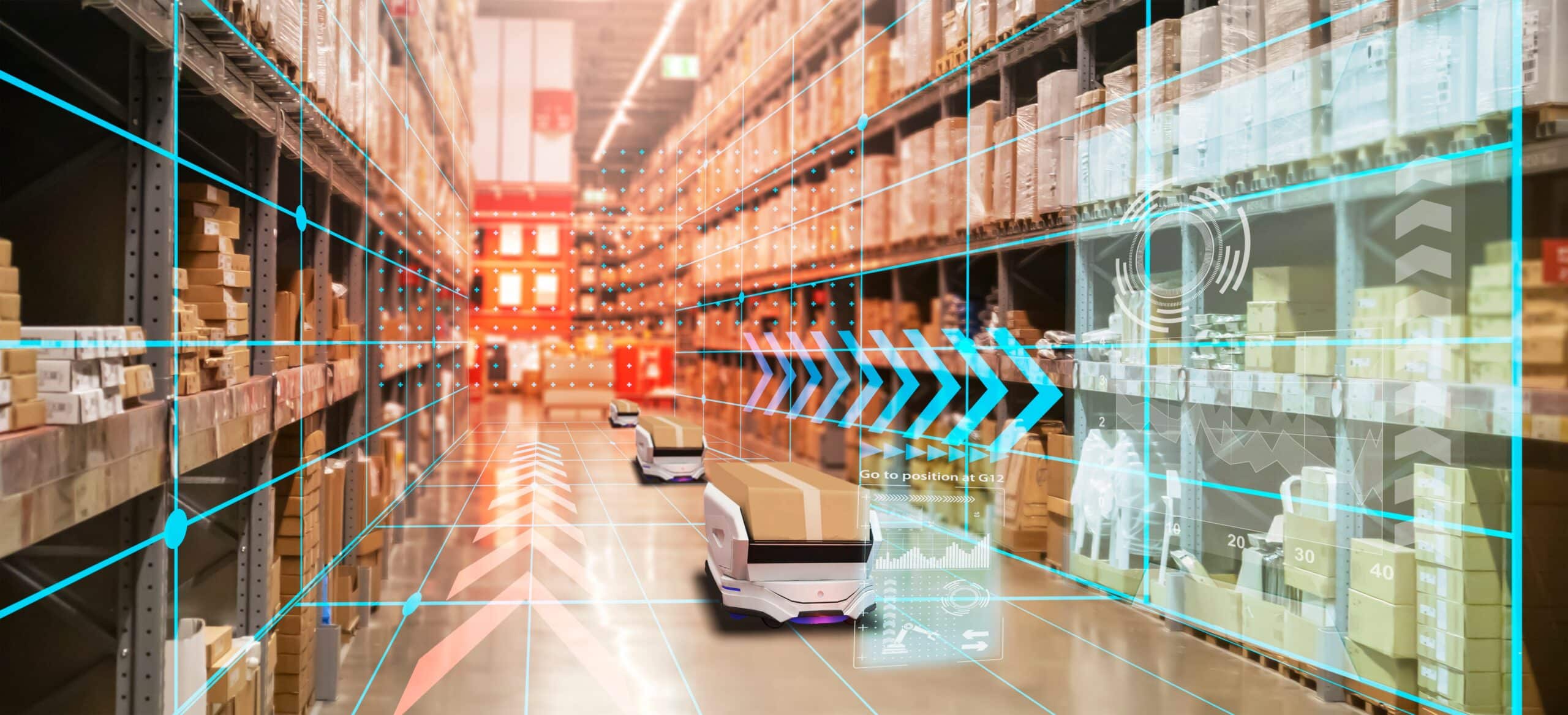It’s no secret that automation transforms the supply chain, impacting everything from inventory management to warehouse logistics. However, with the rapid advancement of automation, the landscape of supply chain labor needs is also changing.
Automation is streamlining operations, reducing costs, and improving accuracy across supply chain networks. While these advancements bring undeniable benefits, they also raise critical questions about the future of labor in this field. As technology takes over repetitive, time-consuming tasks, the demand for human roles often shifts from manual operations to analytical, strategic, and tech-driven functions.
This article explores how automation is reshaping labor needs in supply chain planning and management and discusses what new divisions of labor might look like in the near future.
The State of Supply Chain Labor
Supply chain management is a complex field that requires coordination across multiple business functions and units, from procurement to distribution. Traditionally, inventory-based businesses have relied on manual processes, human decision-making, and standardized workflows to ensure smooth operations.
Here are some of the common roles in supply chain management and what they do:
- Demand Planners: Analyze market trends and sales data to predict future demand and optimize inventory levels.
- Procurement Specialists: Source raw materials and negotiate supplier contracts.
- Logistics Coordinators: Manage transportation networks to ensure timely and cost-effective delivery of goods.
- Warehouse Operators: Oversee storage, packing, and distribution within warehouses and fulfillment centers.
- Supply Chain Analysts: Use data to monitor supply chain performance, identify inefficiencies, and propose improvements.
Despite the critical role supply chain professionals play, the industry faces several notable labor challenges.
- Labor shortages: Many supply chain roles struggle with ongoing worker shortages due to high turnover and demanding conditions, especially in logistics and warehousing. Nearly one-quarter of manufacturing plants say that “insufficient supply of labor or labor skills” is a key constraint in their production.
- Skills gaps: As supply chain technology advances, there is a growing need for professionals with expertise in analytics, AI, and automation. 64% of leaders say they don’t think their employees can keep pace with future skill needs, while further data shows that workers can expect about 40% of their existing skill sets to be transformed or outdated between 2025 and 2030. The rapid adoption of advanced software tools for supply chain management is increasing the need for AI specialists and data analysts in supply chain organizations.
- Increasing supply chain complexity: Globalization, eCommerce, and evolving customer expectations require supply chain workers to manage more complex logistics networks.
As supply chains evolve and labor needs change, automation transforms supply chain operations and reshapes labor requirements.
How Automation is Transforming Supply Chain Operations
To understand how automation is impacting supply chain labor needs, we first need to examine how automation is impacting supply chains overall.
The integration of automation (and similar technologies, such as artificial intelligence and machine learning) is making processes faster, more accurate, and cost-effective.
Here are just a few ways automation is impacting supply chains:
1. Demand forecasting and inventory management
AI-powered algorithms analyze vast amounts of historical and real-time data to generate highly accurate demand forecasts, which can help decision-makers better manage their inventory. Simultaneously, automated inventory systems monitor stock and help reduce stockouts and overstocking by optimizing supply levels based on demand patterns.
2. Warehouse automation
Robotics and autonomous vehicles automatically handle repetitive warehouse tasks such as picking, packing, and sorting. Automated storage and retrieval systems optimize space usage and speed up warehouse operations.
3. Supplier management
AI-powered tools assist in monitoring supplier performance, sharing data with suppliers, and processing orders. Predictive analytics tools assess supplier reliability and risk, helping businesses make informed decisions about their partners.
4. Data-driven decision making
Automated dashboards provide decision-makers with real-time insights, enabling them to make proactive, intelligent decisions.
Impact of Automation on Labor Needs
While automation has significant advantages for inventory-based businesses, it also changes labor needs, requiring workers to develop new skills and leaders to rethink their labor deployments. For example, some traditional jobs are being reduced or eliminated while new opportunities are emerging that require different skills.
Here are some of the ways automation is changing supply chain labor needs:
1. Shift from manual to technical roles
Automation is taking over many previously manual tasks, such as inventory tracking, order processing, and warehouse picking. However, when it comes to labor needs, this shift doesn’t eliminate human workers altogether—it transforms their responsibilities. Instead of performing repetitive physical tasks, employees are increasingly required to oversee, maintain, and optimize automated systems.
2. Reskilling and upskilling requirements
As roles shift, inventory-based companies must invest in reskilling and upskilling their workforce. Employees who embrace technology and develop new skills will remain valuable in the evolving supply chain landscape. Some critical in-demand skills include data literacy, AI and machine learning proficiency, cybersecurity, demand forecasting, and inventory management software.
3. Reduction of certain jobs
While new opportunities are emerging, certain roles are becoming less relevant due to automation. These might include manual inventory tracking, order processing, and warehouse picking and packing. With these shifting labor needs, businesses can look to retain and redeploy employees to help them transition into new roles that work with automation.
4. The rise of hybrid collaboration
Rather than replacing humans entirely, automation is leading to a hybrid workforce where humans leverage new technology. For example, automation provides demand forecasts, while human planners validate and adjust them based on real-time market insights. Similarly, robotics handles warehouse sorting, while human supervisors oversee and troubleshoot operations. This hybrid approach to labor needs ensures that automation enhances efficiency while tapping into human expertise for tasks like critical thinking, negotiation, and strategic planning.
Automation is significantly impacting labor needs in the supply chain, and these trends show no sign of slowing down. But instead of fearing how automation will impact supply chain labor, leaders can look to retrain and redeploy their workforce more efficiently to make the most of both automation and their talented human employees.
StockIQ: Supporting Supply Chain Automation
Automation is only one technology transforming the supply chain. From AI to data analytics, inventory-based businesses need to embrace cutting-edge technology to stay competitive in the market. If you’re ready to overhaul your approach to inventory management, we should talk.
We’re StockIQ, an inventory optimization software built for businesses like yours. Our user-friendly supply chain management software lets you control inventory, simplify ordering, and improve forecasting using sophisticated tools powered by automation.
Are you interested in seeing how StockIQ can help you use automation in your supply chain operations? Contact us today or request a StockIQ demo.

